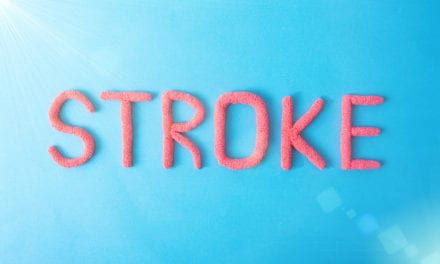09-06-2006
BrainStorm Cell Therapeutics Inc, Tel Aviv, is expanding its research and development program to include the treatment of the effects of stroke. The first efficacy animal studies are expected to start in the fourth quarter of 2006.
“We believe that our technology can play an important role in combating the effects of stroke, which is the most common life-threatening neurological disease,” says BrainStorm’s COO and Principal Executive Officer Yoram Drucker. “Addressing this major unmet medical need represents a further leveraging of our core technology, which has already shown much promise with successful pre-clinical studies in animal models with Parkinson’s.”
According to the World Health Organization, over 15 million people worldwide suffer a stroke every year; about 5.5 million of them are left permanently disabled, and upwards of another 6 million die from the event. A stroke occurs when the brain is deprived of its blood supply either by a blood clot that blocks a blood vessel (ischemic stroke) or a blood vessel that ruptures in the brain, leaking blood and damaging tissue (hemorrhagic stroke). Stroke is now the third-leading cause of death in the United States. Obesity, poor diets, smoking, and physical inactivity—the leading cause of both heart attack and stroke—are now being seen at an alarmingly early age. Because of the onset of these risk factors at an earlier age and the growing population of elderly people, the incidence of stroke in the seven major global markets is expected to increase over the next 10 years.
”We will be testing in animal models of stroke our propriety technology for generating differentiated cells that produce neurotrophic factors,” says Daniel Offen, chief scientist. “We expect that the transplantation of cells that secrete neurotrophic factors will help to restore damaged neurons, slow down the progression of cell death, and prevent further degeneration in the brain.”
BrainStorm has previously demonstrated that its bone marrow stem cell technology can successfully differentiate adult stem cells into astrocyte-like cells with the capacity to produce and secrete a large variety of neurotrophic factors. Pre-clinical studies have shown that transplanting the astrocyte-like cells into animal models of neurodegenerative diseases, such as Parkinson’s, resulted in a significant therapeutic improvement.
[SOURCE: Business Wire, August 24, 2006]




